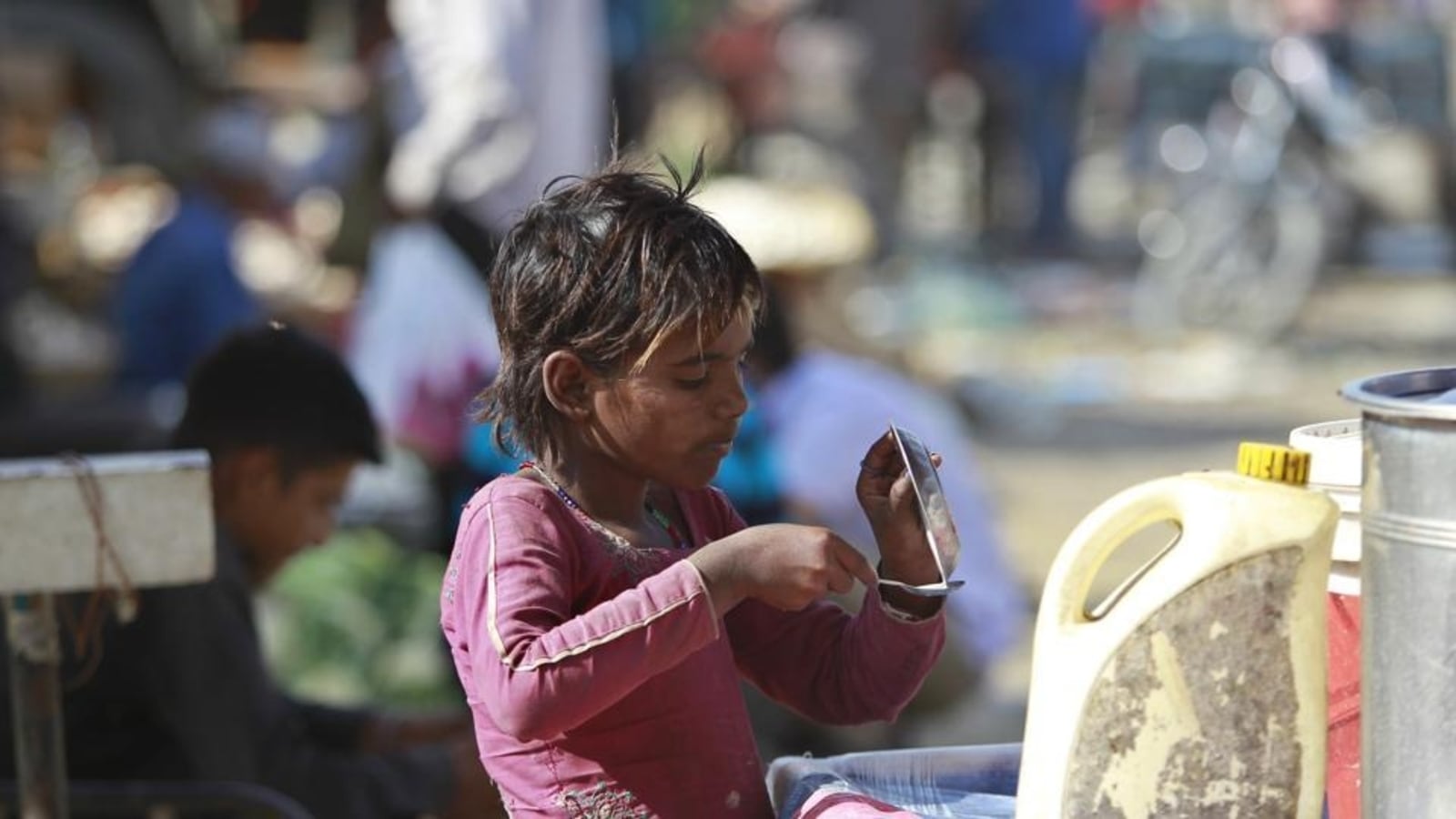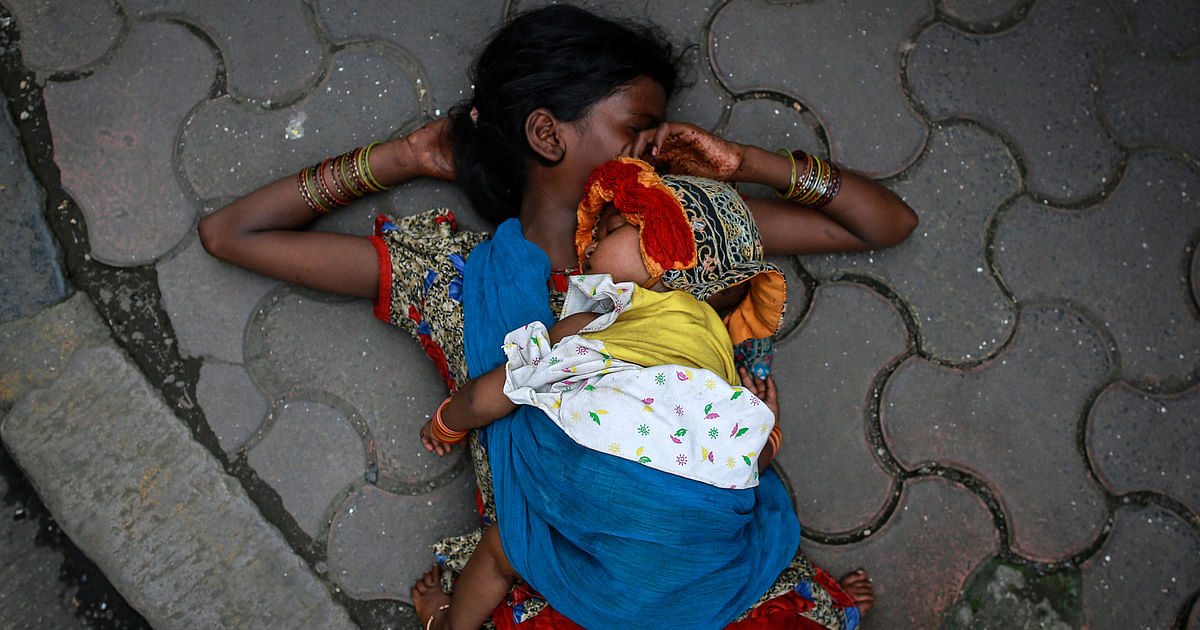Global Hunger Index Report (GHI):
The Global Hunger Index (GHI) is a mechanism envisaging a tool in place to measure comprehensively and track hunger incidents at a global region as well as national levels. It is a report prepared on a yearly basis, calculating and allotting scores to assess the developments and roadblocks in combating hunger at different levels. The aim behind preparing a GHI is to spread awareness and improve understanding about the struggle against hunger in the world. It provides a mechanism to compare the level of hunger between different countries and regions across the globe.
It also calls attention to those regions in the world, with highest and lowest hunger levels, highlighting the need to eliminate hunger and efforts to be adopted thereof. It often becomes problematic to measure hunger in numerical terms. However, the GHI puts in place benchmarks against which scores and calculated and also communicates its limitations in doing so. The four key factors which are measures to score under the GHI framework are undernourishment, child wasting, child stunting and child mortality. The report is released by the International Food Policy Research Institute (IFPRI).
Findings in 2019:
In 2019, the GHI report of few countries could not be included due to the lack of data. Also, there were 17 countries with 2019 GHI scores lower than five and were thus not assigned individual ranks, and were collectively ranked 1–17 as the difference in their score was minimal.

The results highlighted in the 2019 Global Hunger Index (GHI) show that the level of hunger and undernutrition world-wide has fallen as based on moderate and serious categories, at a value of 20.0. This calculated value is reflective of a decline in the global GHI score in each period since the year 2000 when it was 29 falling in the serious category. The fall in global hunger level is seen as coincidental to a decline in poverty at a global level. The fall in poverty from 1999 to 2015 has been significant. This shows a direct correlation between poverty and hunger.
India at the Global Hunger Index [GHI]:
India in the GHI, 2019 report stands at the 102nd rank out of a total of 117 qualifying countries. In ranking 0 is the best ranking and 100 being the worst in all nations. Its score in the GHI is 30.3, reflecting serious level of hunger indicators. Despite the improvement, the situation of hunger in India ranging more than in a score of 20 remains ‘serious’. On an analysis of its score over the previous years, India scored 38.8 in 2000, 38.9 in 2005, and 32 in 2010.
Despite the slight improvement in its individual scores, when seen in the chart of global rankings, the position of India has slipped as compared to where it stood in 2017. In 2017, it was on the rank of 100 out of 119 countries which had briefly improved in 2018, when it came 103rd out of 119 countries.
The IFPRI report has remarked that a comparison between this year’s ranking and those of the previous year’s cannot be directly put in comparison due to change in parameters and the change in the total number of countries evaluated in 2019 as opposed to other years.

However, what is appalling that the current (2019) ranking on India on the IFPRI GHI report, puts it behind Pakistan standing at 94th rank, Niger on the 101st rank and North Korea on the 92nd rank. The poor performance of the country on a global level can be attributed to a low score in matters of child wasting. Child Wasting as the GHI report encapsulates it refers to the share of children under the age of five who are wasted. Meaning that, children who have a low weight in proportion to their height, reflecting acute undernutrition.
While the country has improved in measures of under nutrition, child stunting and child mortality, there has been acute deterioration in its performance when it comes to child wasting, resulting in the rank slip. Data relating to child wasting shows an increase as compared to the year 2000. Back in 2000, over 17.1% of children under the age of 5 showed the signs of wasting. However, as in 2019, the percentage has seen a high at 20.8%
“India’s rate of child wasting is extremely high at 20.8 per cent — the highest wasting rate of any country in this report for which data or estimates were available,” says the report, adding that it could have implications for South Asia’s ranking as a region.

The population of India affecting hunger indicators:
The report attributes the high rate of child wasting in the country to a large population. It says that India’s GHI indicator values have an outsized impact on the indicator values for the region. As far as other indicators considered in preparing the GHI report is concerned, there have been improvements. As for in child nutrition it has gone down from 18.2% (2000) to 14.5% (2019). Regarding child stunting, there has been an improvement from 54.2% (2000) to 37.9% (2019). Even the under-five mortality rate has improved from a high 9.2% (2000) to 3.9% (2019).
The report highlights that the level of child stunting in the country, though reduced as compared to previous years but still is “very high in terms of its public health significance”. Apart from the set parameters, the report also comments on the minimum acceptable diet of children. It reveals that as per data, in India, only 9.6% of all children between the ages of 6 months to 23 months are fed a minimum of the acceptable diet.
As far as water sources and sanitation is concerned, it is also seen to be a factor impacting the hunger index. In that regard, the report discloses that a total of 90% of Indian households use an improved means of drinking water source. However, a big portion of 39 per cent of households have no sanitation facilities, whatsoever.
Swach Bharat Abhiyan: Open Defecation in India
The finding of the GHI report comes in the backdrop of the recently launched ‘Clean India’ campaign by the Prime Minister Narendra Modi. He aimed to end open defecation and ensured provisions of latrines in all households. Recently in early October, the Prime Minister announced 99% of the rural villages to be declared open defecation free. However, the ground report discloses a different reality. In the ground report by a leading news channel, it was found that several people in different villages across India, including the national capital of New Delhi, were still forced to defecate in the open due to lack of toilets, especially in impoverished colonies.
The situation of lack of proper sanitation facilities exposes the population of India to an unhealthy environment, and consequently, children’s growth and development as their ability to absorb nutrients are compromised.
Hunger at a global level- Way Forward
On a global level, the GHI report reveals a score for 2019 to be at 20.9. This score can be classified as borderline “moderate” and “serious”. The annual pattern observed in the past years is surely showing a decline in the global GHI score which is favourable as earlier in 2000, the world index score was at 29.0 which clearly went into the ‘serious category’. Despite the decline consequential with the decline in poverty throughout the globe, the current action plan being adopted is not seen to be sufficient to achieve the global goals such as the second Sustainable Development Goal — Zero Hunger — and the World Health Assembly global nutrition targets to which countries have declared their commitment.
Therefore, there is a dire need at the global level to work towards the strengthening world-wide efforts to deal with life-threatening climatic events taking place, violent conflicts and wars, and synchronized economic slowdowns and other crises which drives a raise in hunger in many parts of the world.


